Built in the 15th century during the Joseon Dynasty, the Changeokgung palace complex (also known as Donggwol, East Palace because of its location on the east side of Gyeongbokgung Palace) occupies a land area of 57.9 hectares. in Jongno-gu, north of Seoul, at the foot of the Ungbong peak of the Baegaksan mountain, the main geological protection mountain of the Great Eastern Palace. For 270 years, the palace was the seat of the Joseon government and was also the favored residence of many Joseon kings. This makes Changdeokgung Palace the royal palace with the longest serving time. A special feature of Changdeokgung Palace is that its buildings blend into the surrounding landscape. The palace's rear garden, Huwon, is considered an excellent example of Korean garden design and is the only rear garden of any Korean palace.
Changdeokgung combines all the major components required in Korean palace architecture and adheres to Confucian principles and protocols in spatial layout, arrangement of buildings, gardens and mountain landscapes in behind the palace. All components of the palace are still intact, including the Oejo - the imperial building of the dynasty, Chijo - the administrative district of the palace, Chimjo - the residence of the royal family, and the garden for the house. relax king.
Enter through the Donhwamun Gate, which dates back to 1608, which is the largest of Seoul's four main palaces. Turn right and you'll cross a stone bridge (built in 1414, the oldest surviving bridge in the city). On the left is the main palace building - Injeongjeon, located in harmony with the tiled courtyard, open corridor and shaded green trees behind. Next to it are government office buildings, including a blue tiled building. Further away are the private living quarters of the royal family.
Round the back is a terraced garden with chimneys decorated with ondol. On the right is Nakseonjae – built by King Heonjong (1834-1849) in the austere Confucian style, using unpainted wood. Descendants of the royal family lived here until 1989. Beyond the Huwon garden is Yeongyeongdang, originally built in 1828 as a study place for the Crown Prince. Ongyucheon is a spring at the back of the garden, where there is a large rock Soyoam with three kanji carved on it by King Injo in 1636 – “ong-nya-cheon”, which means “jade-flowing stream”, and a poem composed in kanji by King Sukjong in 1690.
Changdeokgung Palace was one of the places visited by the first ladies of the G20 Seoul summit during the G20 summit in Seoul in November 2010. It is one of the representative attractions of historical significance. for the beauty of Korea.
Address: 99 Yulgok-ro, Waryong-dong, Jongno-gu, Seoul
Visiting hours: - Palace: February – May: 09:00 – 18:00 / June – August: 09:00 – 18:30 / November – January: 09:00 – 17:30
- Huwon Garden (only to be visited by guide): March – May & September – October: 10:00 – 17:30 / Jun – August: 10:00 – 18:00 / February & November: 10:00 – 17:00 / December – January: 10:00 – 16:30
Admission: - Palace: 3000 won
- Huwon Garden: 8000 won (adults 25 - 64 years old) / 5,000 won (19 - 24 years old youth) / 2500 won (children 7 - 18 years old)
 Register
RegisterSign in Travel Agent
Sign in Supplier
Sign in Affiliate
Sign in Guru

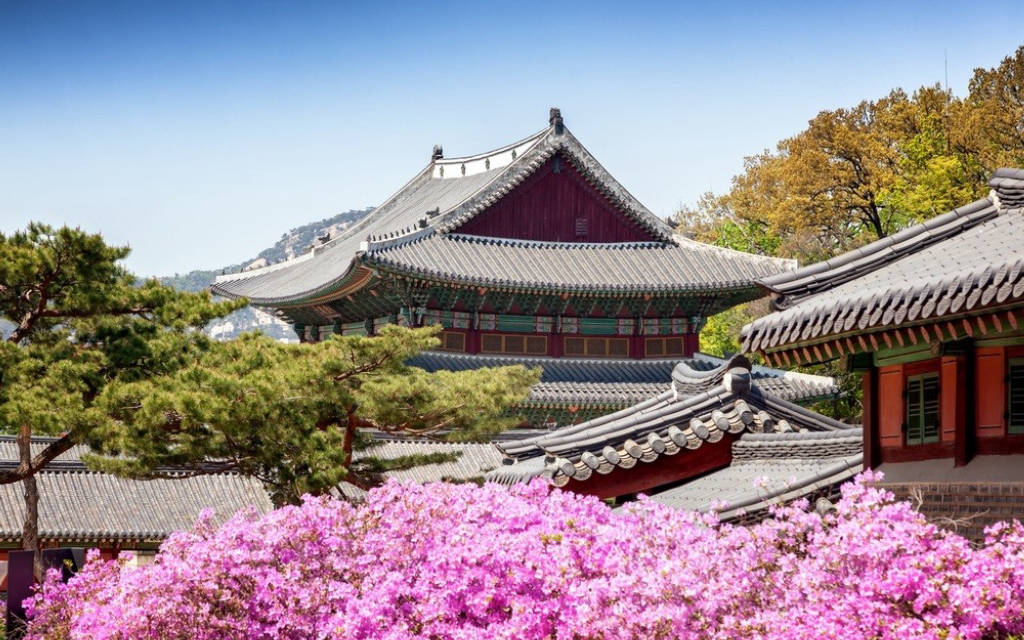
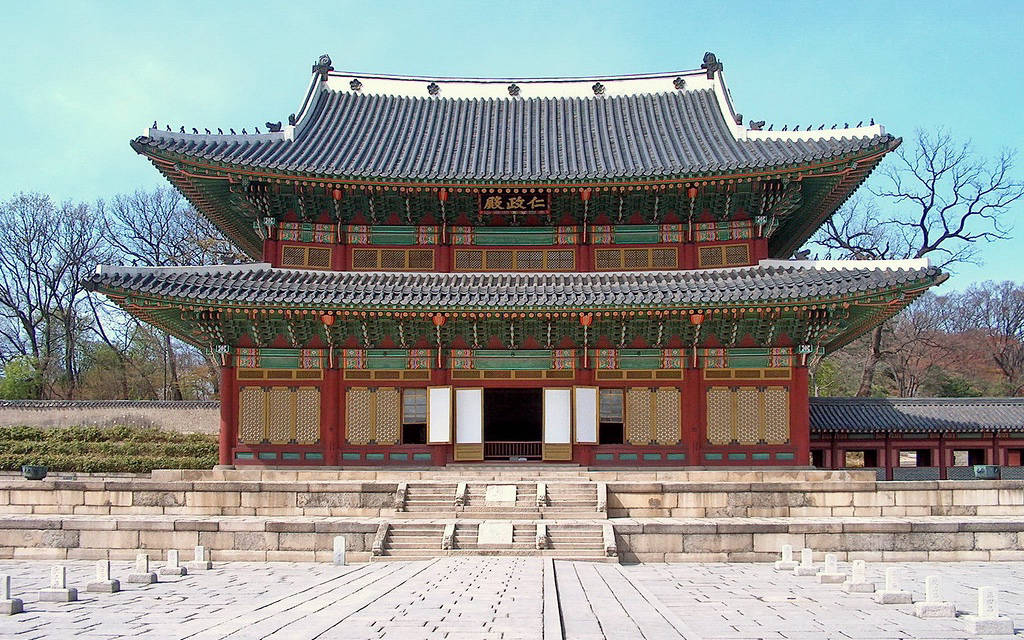


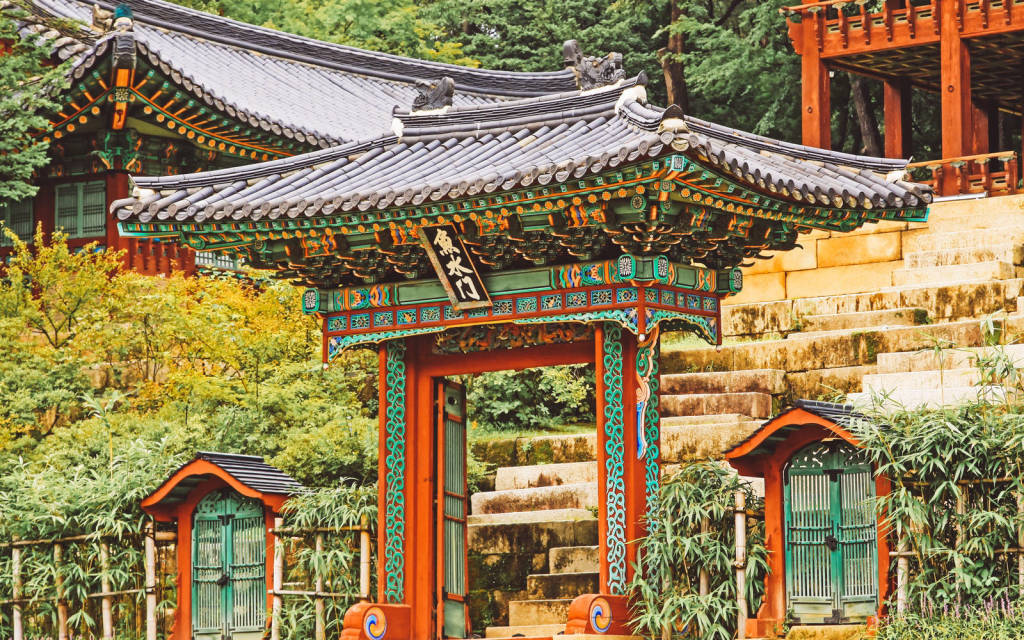
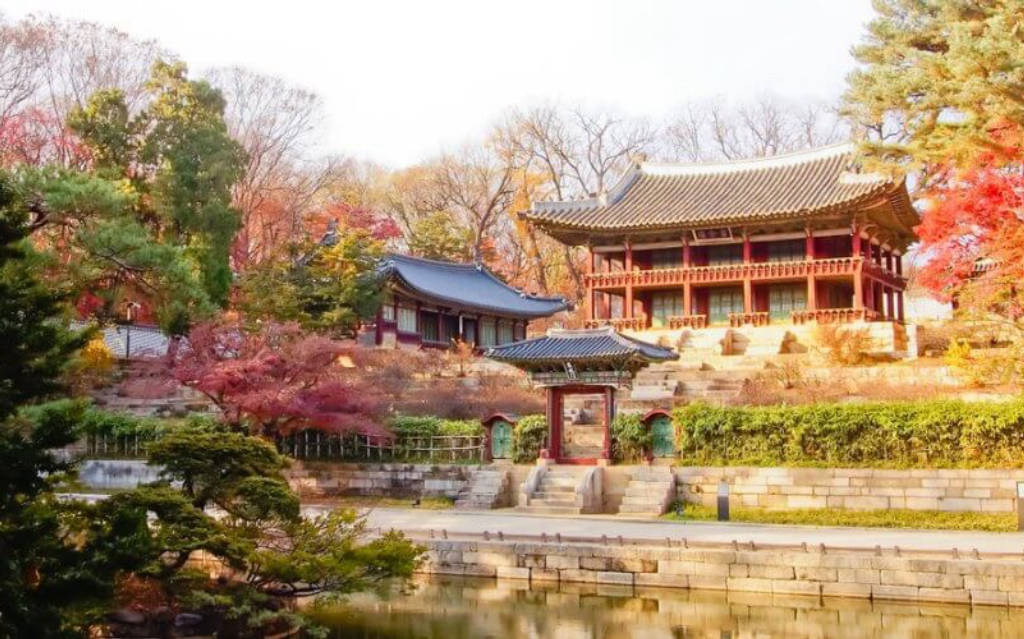
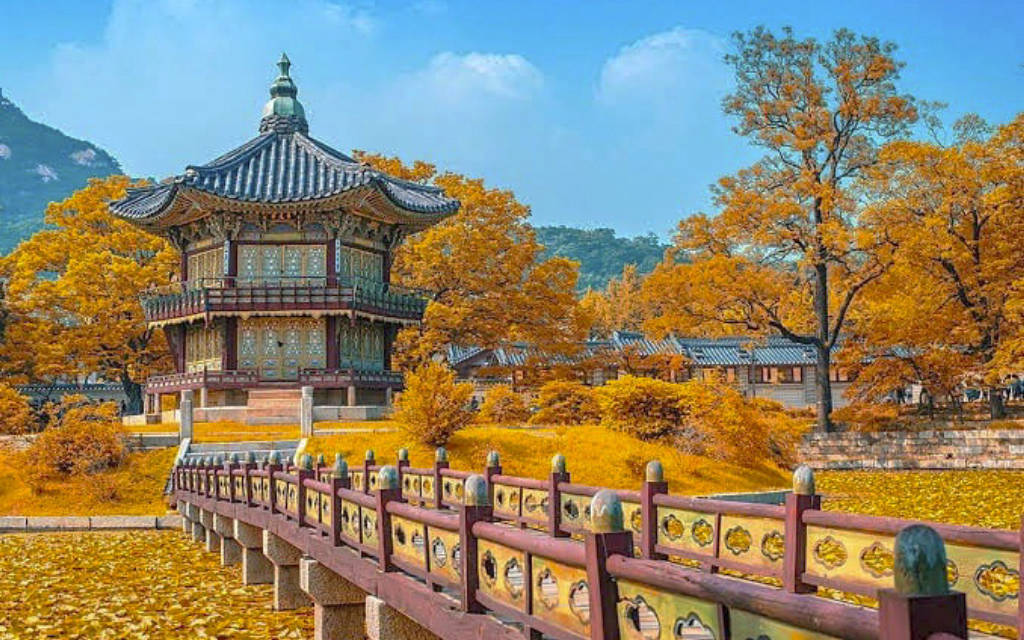
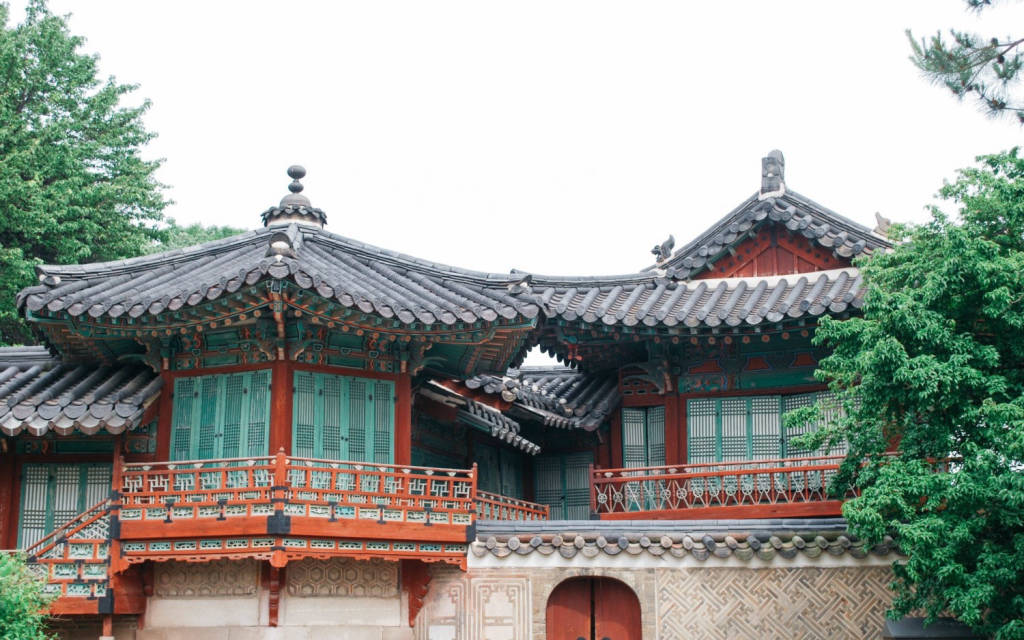
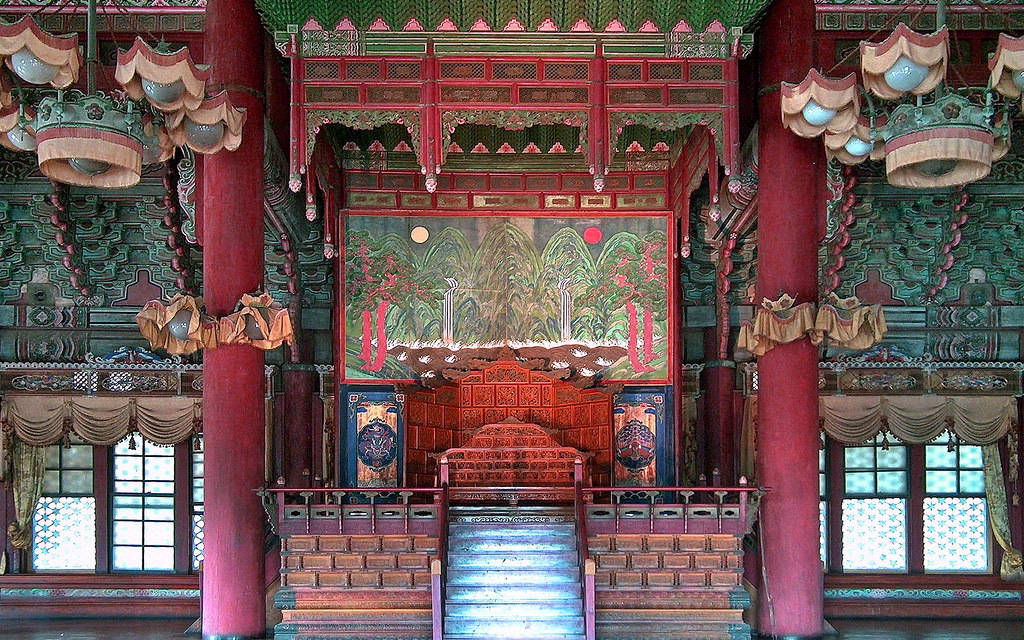


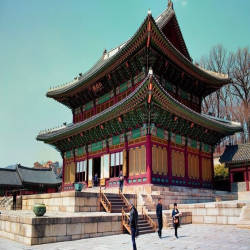
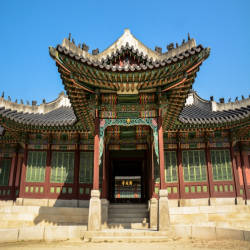





 99 Yulgok-ro, Jongno 1(il).2(i).3(sam).4(sa), Jongno-gu, Seoul, South Korea
99 Yulgok-ro, Jongno 1(il).2(i).3(sam).4(sa), Jongno-gu, Seoul, South Korea